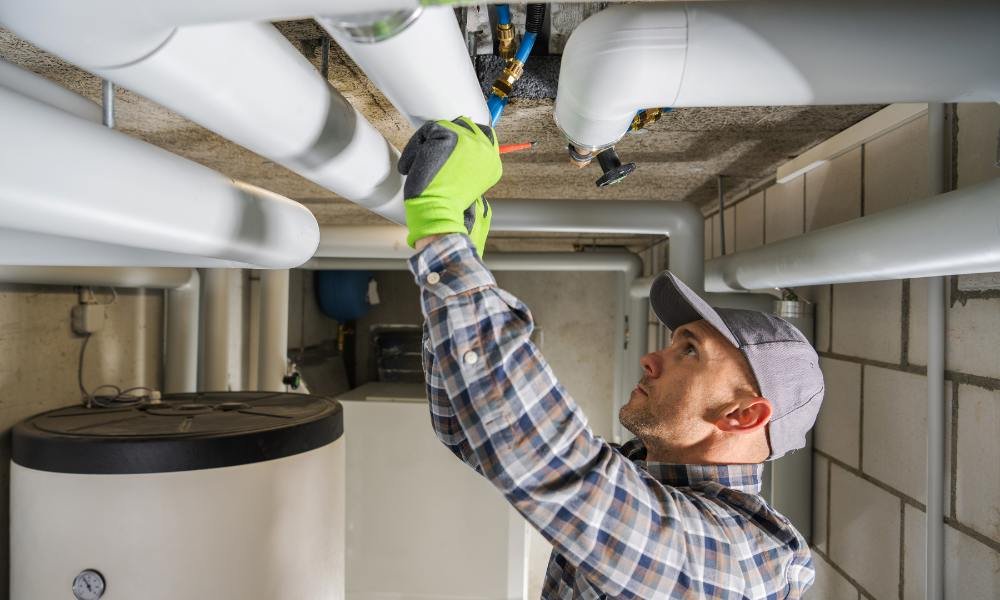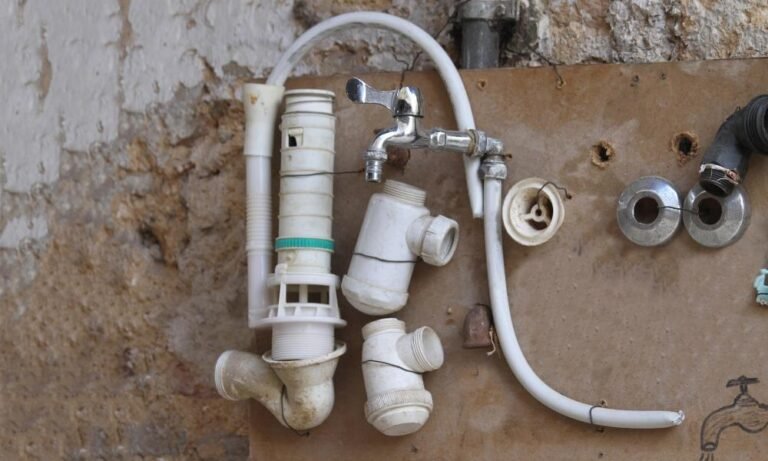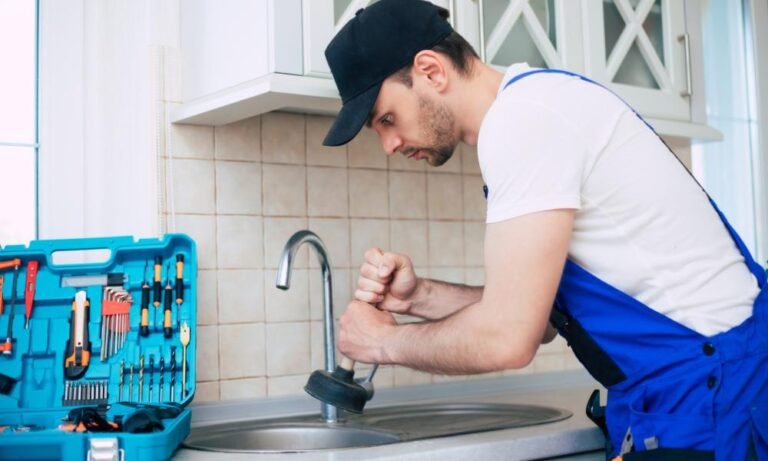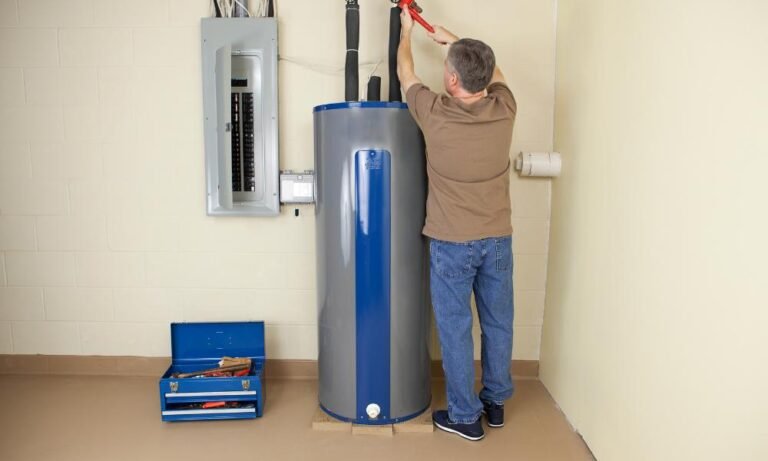Estimated reading time: 5 minutes
Plumbing problems are often easy to ignore—especially when they seem small. A few drips here, a damp patch there. What harm could it possibly do? A lot more than you’d think! Even the tiniest leak can cause expensive damage, lead to health risks, and waste a staggering amount of water.
In this post, I’ll walk you through why ignoring seemingly minor plumbing issues can be a costly mistake. Let’s explore:
- How plumbing leaks start and what to look for.
- The hidden dangers you can’t afford to ignore.
- Environmental and financial impacts of water loss.
- How to detect and fix problems before they escalate.
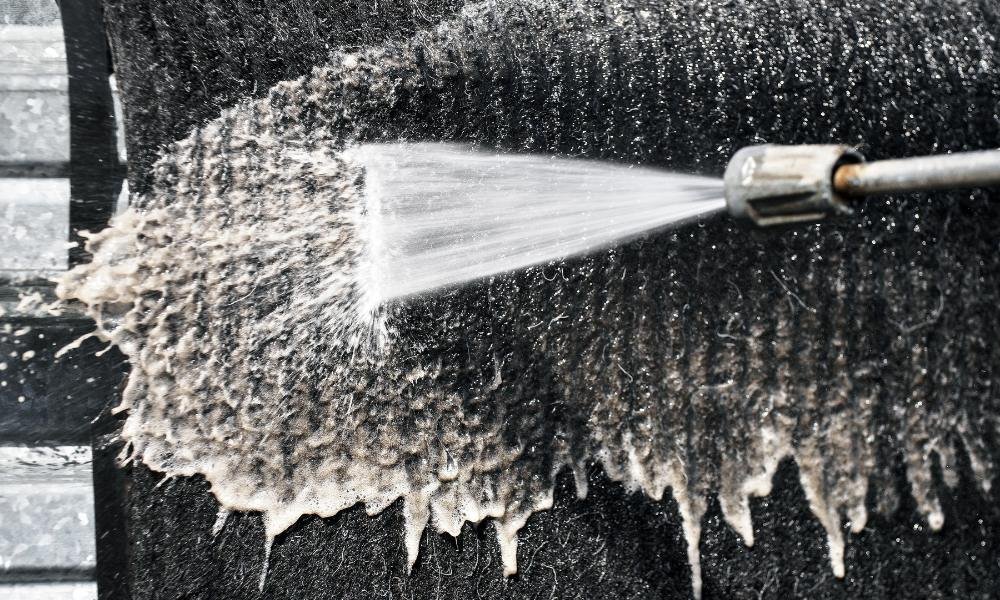
What Causes Those Small Drips?
Leaks don’t just pop up out of nowhere—they’re usually a sign that something’s wearing down or out of balance. Here are the usual suspects:
Aging Pipes
Older pipes tend to weaken over time, and materials like galvanized steel are especially prone to corrosion.
Loose Fittings
Fittings connecting pipes can loosen over time due to water pressure, vibrations, or natural wear.
Water Pressure Problems
If your water pressure is too high, it puts extra stress on your plumbing system, which can cause leaks.
Everyday Wear and Tear
Over time, even the best-maintained systems experience natural degradation.
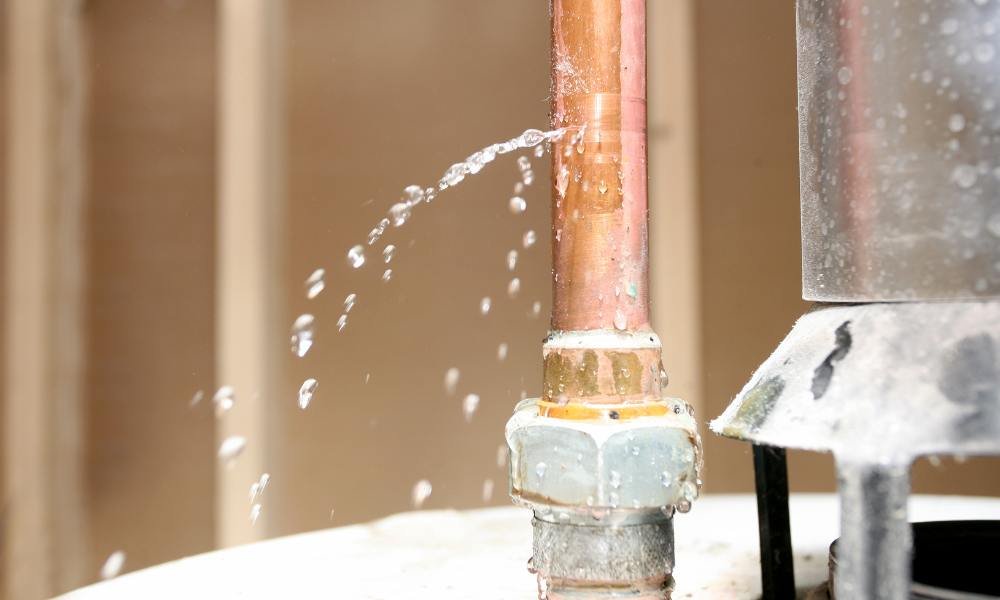
The Hidden Dangers of Ignoring Plumbing Leaks
When you spot a tiny leak, it’s tempting to put off repairs. After all, it’s just a few drops, right? Unfortunately, those drops can snowball into serious problems.
Structural Damage
Water has a way of finding weak points. It can seep into walls, ceilings, and floors, causing them to warp, rot, or crack. Over time, this compromises the integrity of your home.
Mold and Mildew Growth
Leaks create the perfect breeding ground for mold and mildew. Beyond the unsightly stains, they bring serious health risks:
- Respiratory Issues: Mold spores can aggravate asthma and allergies.
- Toxic Effects: Prolonged exposure can cause headaches, fatigue, and even severe lung conditions.
Pest Invasions
Damp, leaky areas are magnets for pests like termites, ants, and rodents. These unwelcome guests don’t just add to your problems—they can create new ones, like chewed wiring or structural damage.
Fire Hazards
A hidden leak near electrical wiring or outlets is a disaster waiting to happen. Water and electricity don’t mix, and ignoring such issues can lead to short circuits or fires.
The Ripple Effect: Environmental and Financial Costs
Wasted Water
A slow drip may not seem like much, but it adds up. Just one dripping faucet can waste over 3,000 gallons of water a year. Add that to other unnoticed leaks, and you’re not just wasting water—you’re contributing to environmental strain.
Rising Water Bills
Small plumbing issues can quietly drain your wallet. If your water bill spikes without explanation, a hidden leak might be the culprit. Fixing it now will save you from paying for water you never used.
Expensive Repairs Later
The longer you wait, the worse the damage—and the bigger the repair bill. For instance:
- Fixing a small leak today: ~$325.
- Repairing mold damage later: $1,000–$5,000.
- Structural repairs from extensive water damage: $10,000 or more.
How to Spot and Fix Problems Early
Catching leaks early is your best defense against bigger issues. Here’s how you can stay ahead:
Watch for Warning Signs
- Water Stains: Look for discoloration on ceilings, walls, or floors.
- Low Water Pressure: A sudden drop could indicate a hidden issue.
- Higher Bills: Compare your water bills over the past year—any unexplained spikes?
- Strange Sounds: Dripping, hissing, or running water noises when taps are off.
Check Problem Areas
Certain spots are more prone to leaks: under sinks, around appliances, and in basements. Make it a habit to inspect these areas regularly.
Call a Professional
Sometimes, a leak isn’t visible to the naked eye. A licensed plumber can use specialized tools to detect hidden problems and fix them before they escalate.
Why You Should Act Now
It’s easy to put off dealing with a minor issue. Life gets busy, and a small plumbing leak may not seem like a priority. But taking action now saves time, money, and stress later.
Here’s why early repairs make sense:
- Avoid Secondary Damage: Fixing a small leak prevents bigger problems like mold, pests, or structural issues.
- Save Money Long-Term: Addressing problems early is far less expensive than waiting for emergencies.
- Protect Your Home’s Value: No one wants to buy a house with visible water damage or mold issues.
Bonus: Sustainable Plumbing Practices
If you’re already fixing leaks, why not take it a step further? Consider eco-friendly upgrades to conserve water and reduce utility costs:
- Install low-flow faucets and showerheads.
- Replace aging pipes with modern, durable materials like PEX.
- Use water-efficient appliances, like dishwashers and washing machines.
Final Thoughts
Small plumbing leaks may seem harmless, but their potential for damage is immense. From structural issues to health risks and rising bills, the costs of ignoring them far outweigh the inconvenience of fixing them early.
If you suspect a problem, don’t wait. A quick inspection and repair can save you thousands of dollars down the line. And hey, you’ll sleep better knowing you’ve taken action to protect your home and loved ones.
Need help with a plumbing issue? Reach out today and let a trusted professional handle the rest. You’ll thank yourself later!
